Want to become an ISP? ISPs can tap into the lucrative digital economy and provide access to underserved customers.
However, legal, financial, and technical issues complicate this.
This post will explain how becoming an ISP works so you can confidently start your own business if you decide it’s right for you!
Table of Contents
- Can you make your internet service provider?
- How to start an ISP
- A Step-by-Step Guide to Become an ISP
- How to become an ISP via BT Wholesale?
- Does it make sense to start an ISP?
- Summary
Can you make your internet service provider?
Establishing an ISP is viable for many communities, especially those in geographically isolated areas lacking cable or phone lines.
To do this, entrepreneurs should look into either fixed-wireless or close-range satellite networks.
They can also seek incentives through smaller cities offering free municipal internet services.
Furthermore, the community guide on lobbying for better broadband connectivity can help you advocate a localized network.

Fiber Optical cables connected to optic ports
How to start an ISP
Smaller, localized WISPs are incredibly beneficial for ISP startups.
Their easy installation process via radio towers and high-powered antennas make them perfect for rural communities.
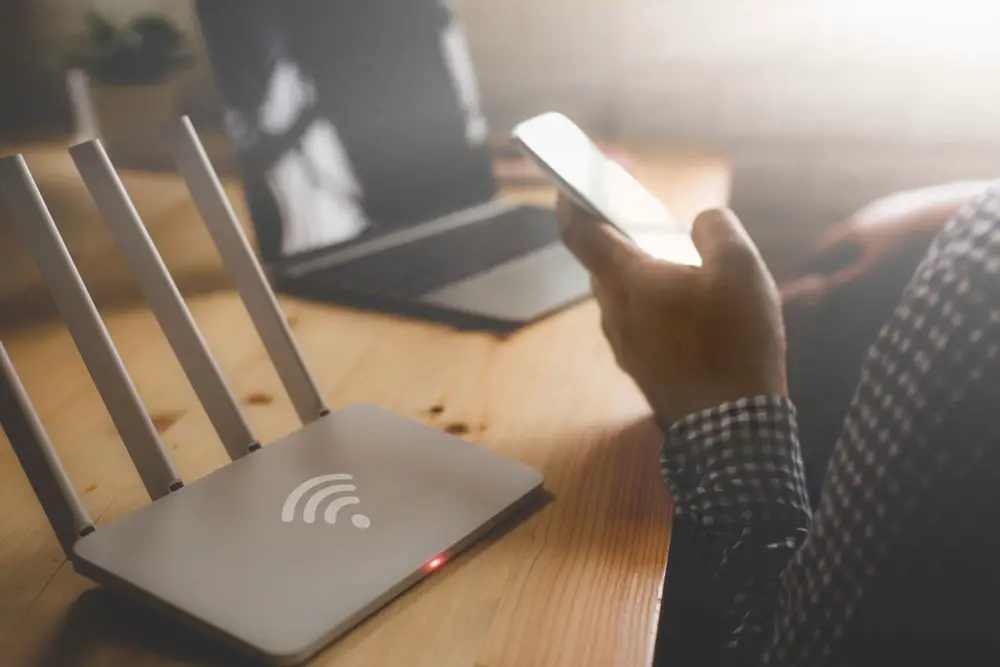
A man using a smartphone connected to Wi-Fi
What is a WISP?
WISPs (Wireless Internet Service Providers) offer cost-effective and dependable high-speed internet, averaging at speeds of 50 Mbps.
They operate through a network of towers to provide Wi-Fi in particular areas, unhindered by adverse weather conditions.
They offer users a reliable internet connection with fast speeds, ideal for online gaming, streaming, and working.
Starting a WISP
Establishing a WISP requires the installation of hardware such as antenna towers and fiber optic or internet cables.
Additionally, you should find an elevated spot from which you can send fixed-wireless service.
Marketers need to advertise their services to get maximum returns on investment.
However, setting up a regional ISP makes financial sense so long as you possess these three things:
- Insufficient online access in the region
- Adequate interested residents to utilize the service
- Initial Investment
A Step-by-Step Guide to Become an ISP
Finding a Location for Your Service
1- Find an ISP data center building.
Consider putting a data center on top of a tall building to boost your wireless signals.
Ask if you can rent space or use Dedicated Internet Access and research local fiber optic internet providers.
Finding an upstream location with good connectivity can reduce installation costs if there are no good pre-existing fiber lines.
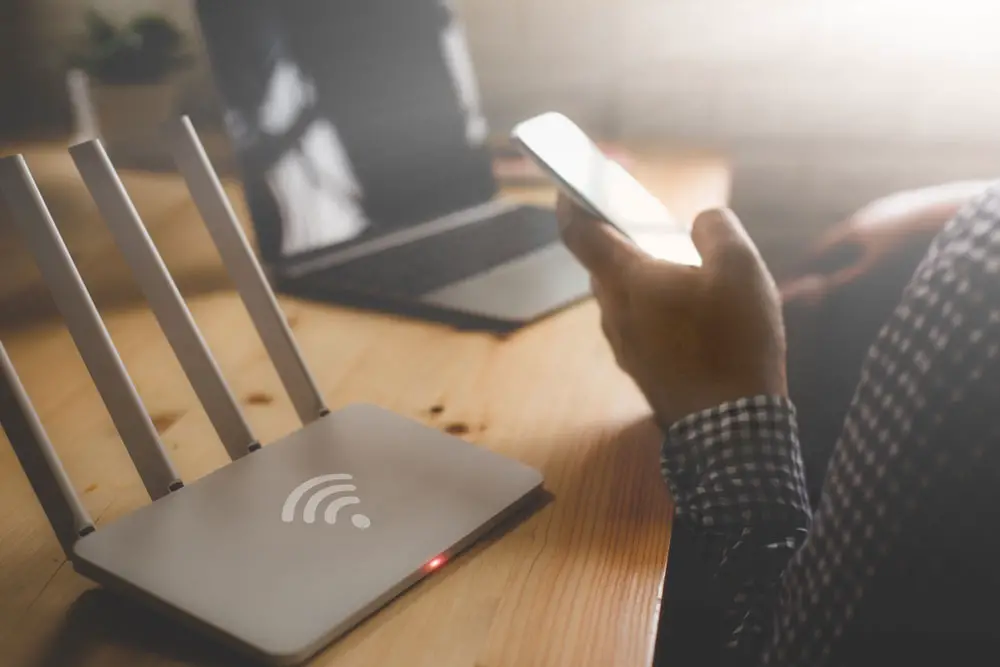
A data center
2- Find higher locations to install relays.
Choose strong reception locations like radio towers, water towers, hills, and mountains to send your ISP signals.
Ensure your network relay tower site has a good view of the area and nearby homes.
Since wireless technology is cheaper than fiber optic, aim to serve 50 customers per tower and avoid sparsely populated areas.

Racks of network servers
3- Negotiate data center and relay leases.
Landowner leases build your network. Visit public records or their homes to find suitable owners. Lease agreements cost $100–$500 per month.
Negotiate free Internet access for contract signers to maximize your network’s potential!
4- Set up an upstream fiber connection with an Internet provider.
Compare upstream companies and prices if you want 1 gigabit per second service nearby.
500-800 people can use this opportunity at once. Setup takes 90 days and costs $1,000–$3,000 per month.
Many ISPs offer up to two-five connections, so running cables into your data center could cost over $15k!
Buying Provider Equipment
1-Buy relay point access points.
Choose routers or switches based on relay point requirements. Switches connect wired networks, while routers connect Wi-Fi networks.
Basic routers and switches cost $50 online or in stores. However, faster boxes may cost hundreds of dollars.
2-Buy CPE for custom homes.
Customers need a CPE on their roof to access the nearest router or switch for optimal connection.
Ubiquiti and Mimosa products are affordable. If your customer’s rooftop is flat, get a no-drill mount for the CPE.
Buying from the same company as access point equipment simplifies installation!
3-Pick wireless backhauls to boost your signal.
Wireless backhauls let customers easily send data to your network from relay points. Bridgewave and Siklu sell high-quality gear for $200 or more.
These backhauls are as easy to set up as routers or switches—elevate them for the best results!
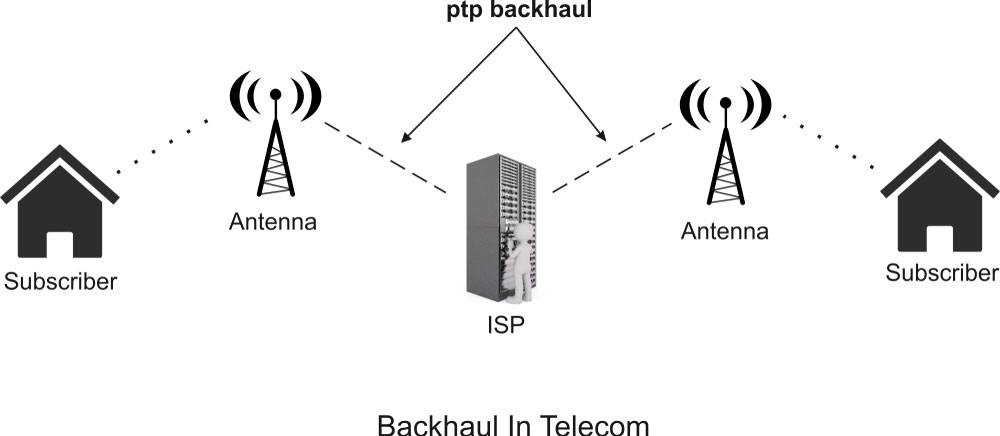
A pop backhaul
4-Use customer management software.
Choose an ISP-friendly platform. UCRM is one of many free billing, support, and other options.
Building Your Network
1-Install a data center router for upstream connections.
Adjusting your provider’s settings, activating NAT and DHCP, and testing the connection are needed to configure your router for fiber.
Ask an IT specialist for help if you need it.
2-Antennas at relay points boost ISP signals.
Install antennas with specialized mounts at each data center and relay point to ensure ISP signal transmission.
Choose a weighted mount for flat surfaces and lag bolts for other surfaces. Hire a pro to assemble all hardware components for optimal performance properly.
3-Antenna-mount access points and backhauls.
Attach parts to the antenna mast with storm-proof metal clamps. Secure them to the antenna’s bottom to avoid facing your data center.
4-Connect access points to switches.
Put your router somewhere waterproof. Close the ends of shielded CAT5e cables to prevent water damage. Professional installation ensures security and durability.
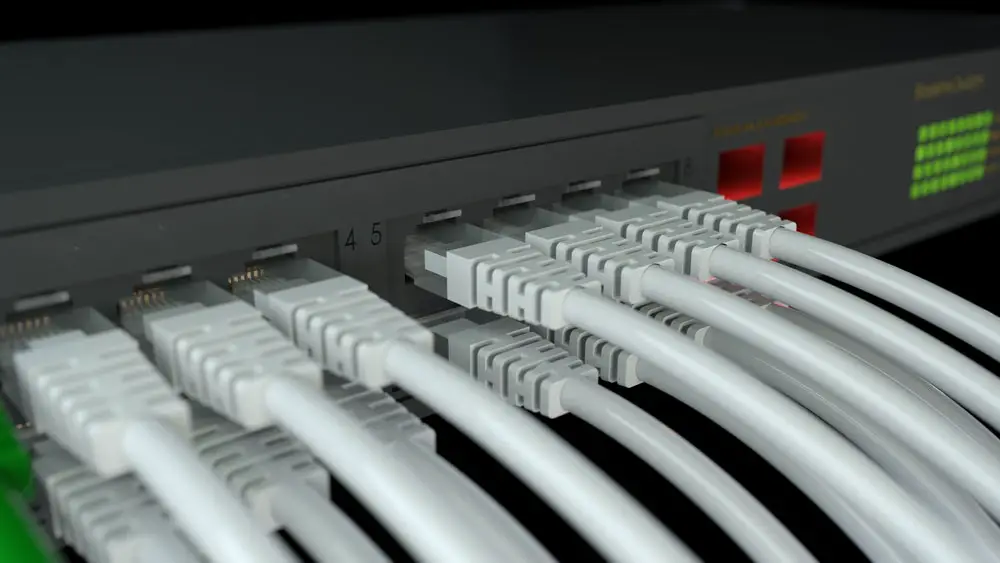
A network switches
Wiring a Customer’s Home
1- Install a CPE on your customer’s home.
Consider roof type before mounting an antenna: Weighted mounts are best for flat roofs, and lag screw mounts are for pitched ones.
Ensure the location is accessible for cable installation and has a clear view of the nearest relay point.
These steps will properly install and prepare your antenna to receive signals!
2-Drill a home hole for wiring.
Use a stud finder to find the best place to run a wire from the CPE to your user’s equipment, keeping 3 inches away from studs.
Before installing anything, get the customer permission to drill through walls, which may have live wires.
Consider sites that other businesses have used for installation.
3- Connect your customer’s CPE with weatherproof cables.
Connect network hardware with CAT5e cables and zip ties or cable clips. To tidy up, run the wires through the wall hole you made. Install efficiently with a friend!
4- Antenna cable to switch or router.
Home PoE switch installation is simple. Connect the antenna cable to a wall jack and the shielded patch cord to the router or switch.
Plug it in, and voila! You can also offer compatible modems and routers or recommend the best ones.
5- Complete installation by connecting a laptop to the switch.
Use software to locate the ISP signal and set your IP address to maximize signal strength.
Change your device’s password and firmware. Moving the antennas can improve reception.
Setting up an ISP Business
1- Organize goals and finances with a business plan.
An ISP should start with a solid business plan. It should include the company’s goals, services, pricing, personnel, and startup costs.
This plan can help you get private and public funding for your project.
An effective business strategy that guarantees future investment returns may also convince banks to lend.
2- Check local ISP rules.
Contact your local government office to learn about your ISP’s rules. Many nations regulate ISPs.
3- Get a government business license to sell your service.
Your local government’s business office requires a written application to license your business. If you only sell services, you don’t need authorization, but it can take up to two months.
4- Market your Internet service to potential customers.
You must promote and advertise aggressively to outpace your competitors in the Internet service industry.
Consider purchasing local television commercials, newspaper ads, magazine spots, and flyers to alert consumers of your transmission tower services.
Furthermore, use door-to-door marketing strategies to explain what sets your ISP apart from others they may be using.
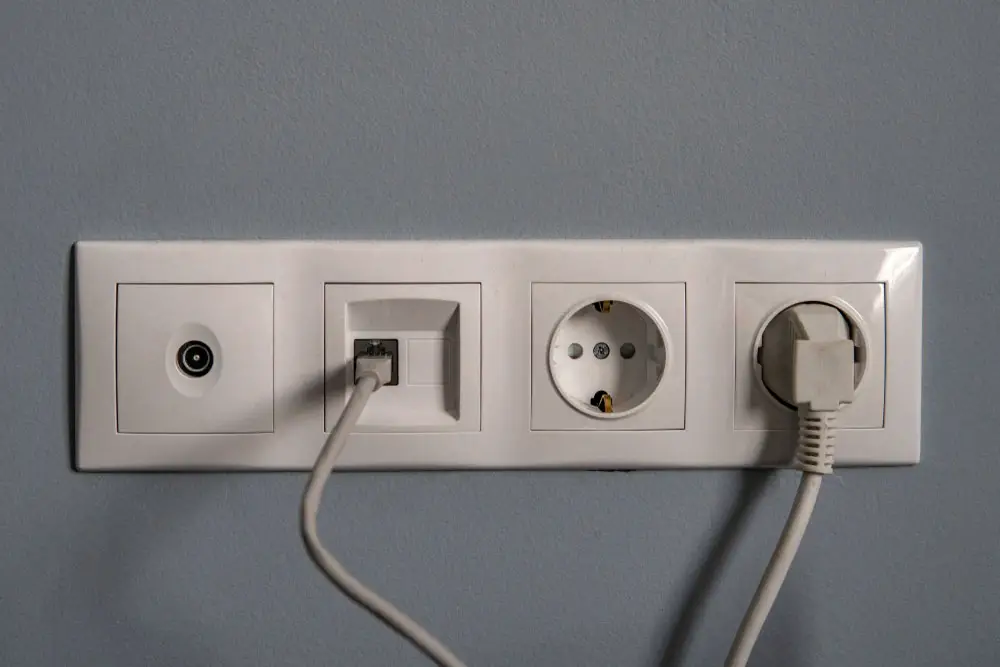
Sockets with antenna cable and Ethernet port
5- Maintain your equipment to keep your service running.
Stay ahead of costly repairs and inconvenient downtime by having a customer management program to monitor your service regularly.
Components can degrade due to weather, accidents, or animals. However, with good network tracking systems, you’ll get alerts when an issue arises.
It would be best to quickly replace damaged equipment to keep your business profitable.
How to become an ISP via BT Wholesale?
If you’re looking to start an ISP, you must meet a few essential requirements.
Fortunately, BT Wholesale offers Broadband Complete – a product designed for new ISPs with up to 2,000 customers.
They cover the infrastructure costs involved in setting it all up. On top of that, their portal also manages and administers any services associated with your client base.
You can even access powerful features like Ethernet leased lines, SIPs, and Cloud Voice as part of this package!
With BT Wholesale’s assistance, launching an ISP has never been easier or more affordable.
Does it make sense to start an ISP?
Becoming your internet service provider can be time-consuming, costly, and even intimidating.
Yet individuals like small business owners and entire towns have successfully undertaken this endeavor!
It could also create job opportunities that will benefit people living nearby.
Additionally, having a quality internet connection surely brings delight to friends and neighbors alike.
Summary
Ready to become an ISP? It’s not as intimidating as it sounds!
All you need is a good location and some provider equipment, then build your network by wiring customers’ homes.
Finally, set up the official business side of things, and voila –you’re now providing internet service for others! Follow these steps today and make your dreams come true.
